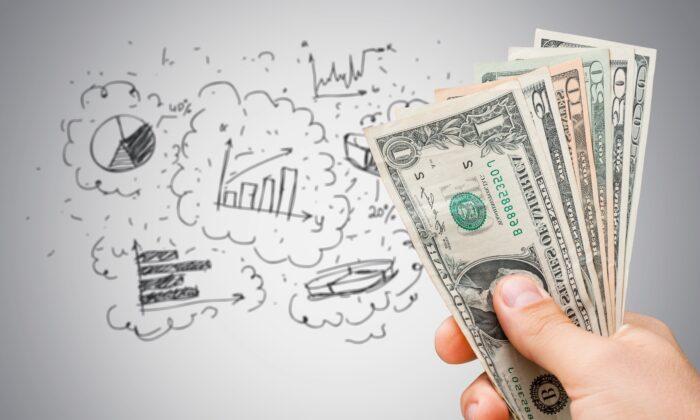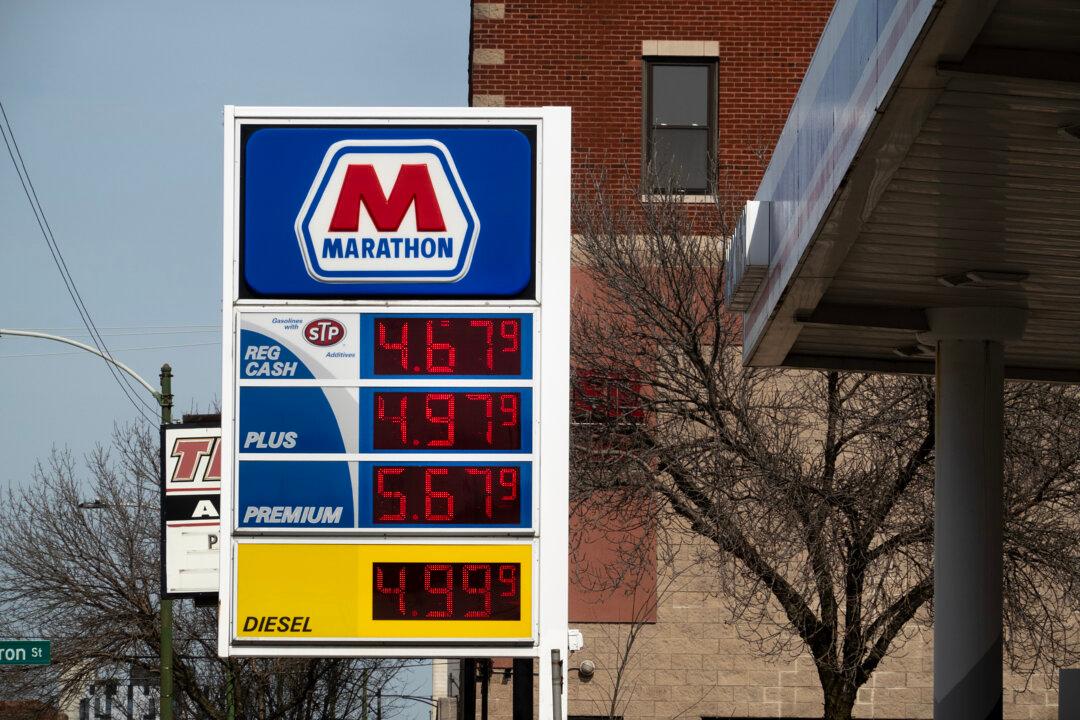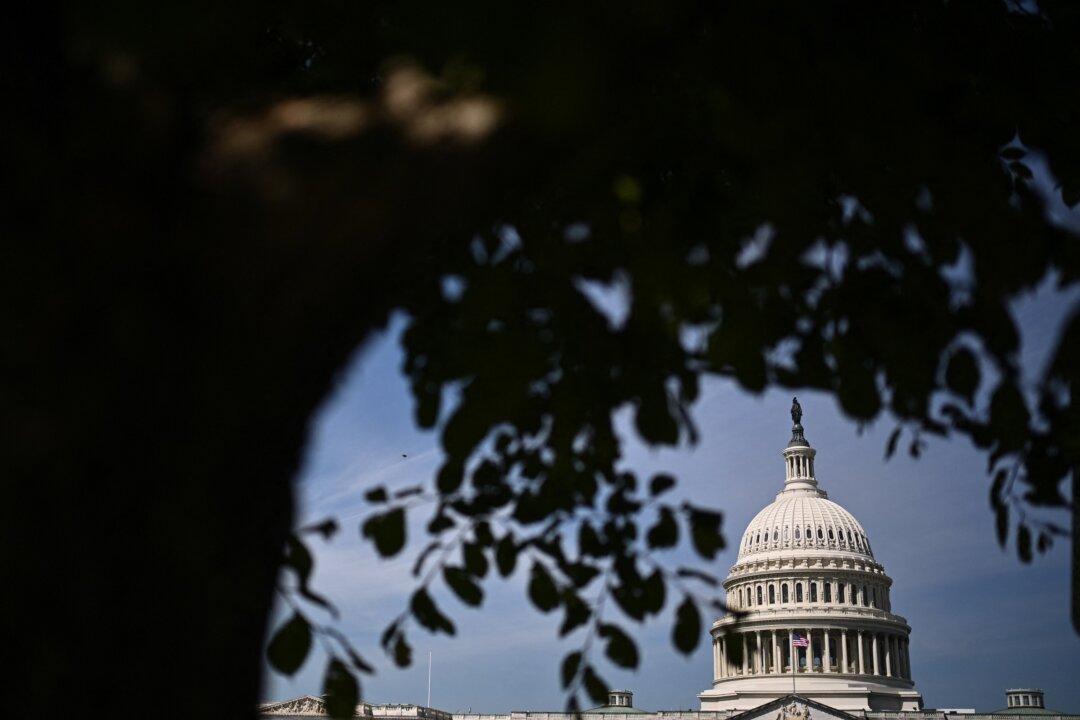I have studied universal basic income (UBI) for years. In fact, at one time, I was considering a research project about the benefits of UBI. I thought basic income was worthwhile with important core tenets (health care for children, poverty alleviation, and so on), but over time, I realized I was wrong.
Basic income in America is a colossal waste of money, and it has become too discombobulated to make any sense; basic income is now a pet project of America’s far left.
There are many things wrong with basic income, but perhaps the most important is that in America, there are already a few programs in action that resemble basic income to some degree.
For instance, look at the Earned Income Tax Credit. In 1975, Congress created the Earned Income Tax Credit (EITC), which is a refundable tax credit for those with lower incomes. In 2019, the program paid out $63 billion to 25 million taxpayers.
Apart from EITC, at the federal level, there are the following programs: Child Tax Credit; SNAP (food benefits); SSI/Supplemental Security Income Program; Housing Assistance; Pell Grants; Student Financial Assistance; Welfare or Temporary Assistance for Needy Families (TANF) and Medicaid and Children’s Health Insurance Program (CHIP). In addition, at the state and city level, there are about 25 different types of basic income assistance.
One of the best known examples in America is found in the Alaska Permanent Fund. The fund was created decades ago to share oil royalties with residents of the state. According to the fund’s annual report, “as of 2019, the fund was worth approximately $64 billion that has been funded by oil revenues and has paid out an average of approximately $1,600 annually per resident.” Many believe the Alaska Permanent Fund to be the only example of a basic income in practice ($1,600 annually).
Most basic income programs call for a permanent income, instead of a once-a-year dividend—such as the Alaska Permanent Fund. Let’s look at the math. If you give 30,000 people $1,000 per month, that’s $30 million monthly, which is $360 million over 12 months. If 100 million people receive $1,000 a month, that equals $100 billion, which is $1.2 trillion per year.
Let’s look at a smaller example: 7 million people receiving an income of $20,000 per year. That’s $140 billion annually. What about $760 billion? That would be $20,000 for 38 million people, which would cover the population of Canada (37.8 million people as of 2020). For roughly $760 billion, you could give the entire population of Canada $20,000 per year.
In 2018, the Congressional Research services published a report on UBI. The report included two separate guidelines based on books written about UBI programs. The two programs jointly promoted monthly payments to nonincarcerated U.S. citizens over the age of 21 with a U.S. bank account and persons between the ages of 18 and 64 years, minus money from Social Security programs. The estimated costs ranged from $1.8 trillion to $2.8 trillion per year. Spending over $1 trillion per year to give 100 million people $1,000 a month is simply not worth it.
After all, the amount would be over $1 trillion for cash payments, and not a single piece of physical infrastructure would be included.
If you give an individual free money monthly, where does that money go? Does the UBI program mandate certain retailers for purchases, or does this become an EBT-type program with more freedoms for the consumer? Is UBI money allowed to the landlord, the mortgage company, or the health care insurance company? Furthermore, how do you ensure that the landlord, the mortgage company, or the health insurer acts fairly toward the UBI recipient?
Second, who gets the free income? Certainly it should be mothers with families. Why on earth would you give UBI to single men? However, if that’s the case, then you’re discriminating. So who gets the income relief? What do you do if that individual is a user of hard drugs or a repeat felon convicted of recent violent crimes? While second chances are part of American culture, how can you be sure the money gets into the right hands?
If you are wondering who will pay for UBI, it will surely be the U.S. taxpayer. Any all-encompassing federal order would likely attract various lawsuits from cities and states. If the burden does fall to cities and states, then won’t people flock there to receive free income, thus overwhelming the resources? Lastly, is this a program designed to help lift people out of poverty, or merely a temporary program designed to buy political influence? Any basic income program in America would most likely become highly politicized.
While I understand cities and states wanting to provide resources to taxpayers and stakeholders, I don’t believe monthly income to citizens, whether from the federal government, states or cities, is a worthwhile use of financial resources.





